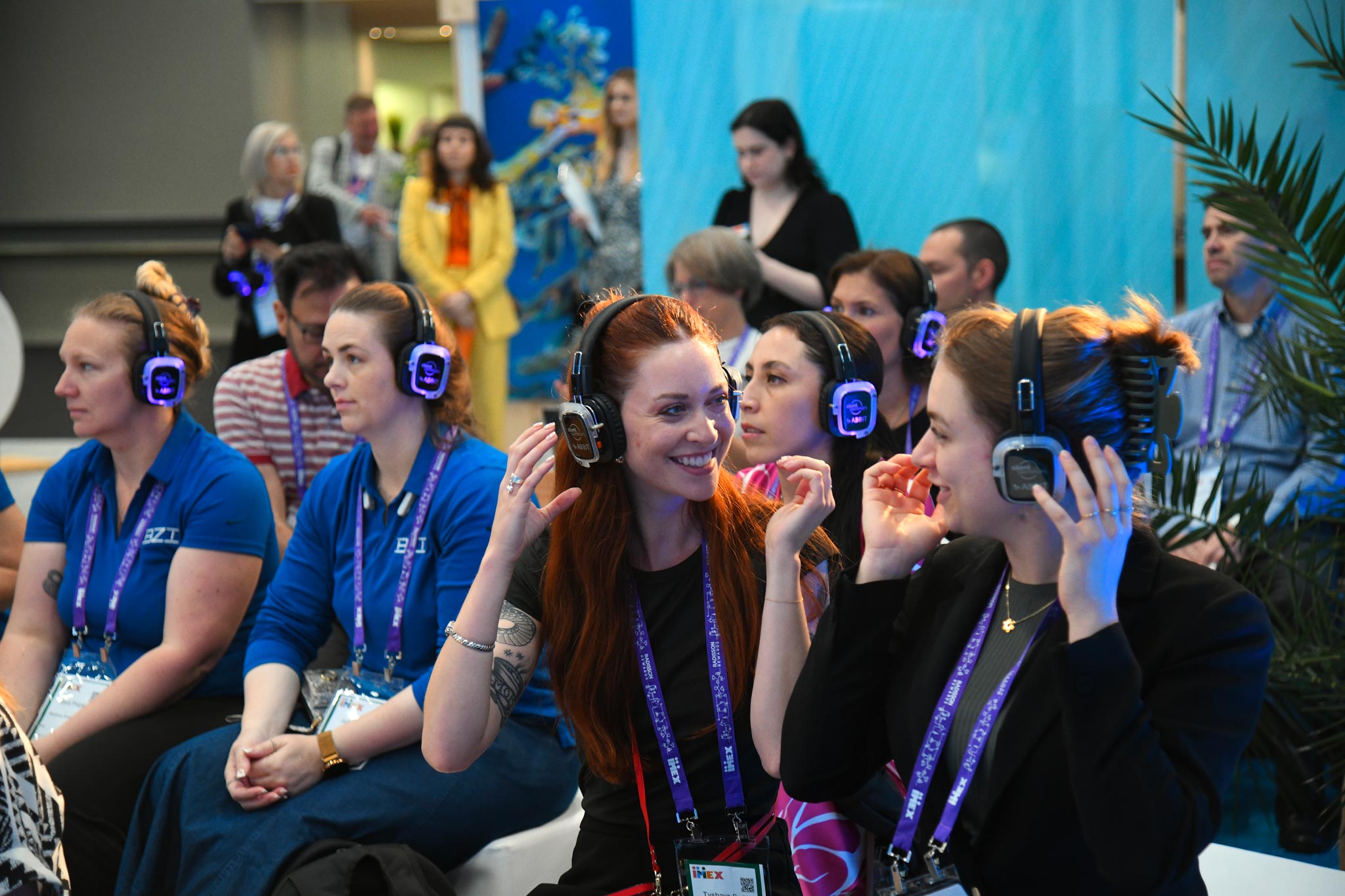This is the reason why KTH Royal Institute of Technology lecturer Jens Edlund has opted out of hybrid meetings altogether.
A job meeting where some participate on-site in the room while others participate remotely via a screen is not a good solution, according to Jens Edlund, senior lecturer at the Department of Speech, Music and Hearing at KTH in Stockholm, Sweden.
“People are focused on technical solutions to facilitate hybrid meetings, but technology is not the problem. Hybrid meetings can worsen problems connected to meetings, like exclusion and difficulties cooperating.”
The loneliness on the screen is a common thread in the reasoning around distance meetings. After twenty years of observations in the field, Jens Edlund’s thesis is that hybrid meetings are less successful. When participants in the same room turn to each other as they talk, this inevitably excludes people joining via video link.
For over two decades, distance meetings via screen have been part of Jens Edlund’s research and teaching. The pandemic accelerated the development of video conferencing, which suddenly engaged almost everyone in society. And one of the biggest challenges that workplaces now face is, according to him, the so-called hybrid meetings.
A well-studied phenomenon when people meet in a group, even if it is the first time they meet, is that they favour and agree with members of the “own team”, for example, people who sit in the same room or are part of the same group. And when some participate at a distance, you have different conditions.
“The best scenario would be if authorities and large companies could furnish standardised small meeting rooms for each individual participant in distance meetings. It would provide perfect conditions for successful distance meetings, which would be well-invested money. Inefficient and counterproductive hybrid meetings cost the business more in the long run,” says Jens Edlund.
He points out that we humans react with different senses such as smell, sight, and hearing at physical meetings.
“The whole point of meetings is usually to collaborate, but hybrid meetings provide feeble foundations for collaboration. The one who sits in the same room as others become the one who is heard best.”
“The whole point of meetings is essentially to cooperate. But hybrid meetings provide a very frail basis for doing that”
How does Jens Edlund use hybrid meetings himself?
“As a leader or teacher, I do not use hybrid meetings at all. I use distance meetings. The difference is that everyone can sit with their computer and gallery view, such as Zoom or Teams. Then everyone has the same conditions at the meeting, and everyone meets on equal terms.”
The loneliness at the screen is a common thread in the reasoning around distance meetings. After 20 years of observations in the field, Jens Edlund’s thesis is that hybrid meetings are less successful. When three participants are in the same room and turn to each other when they talk, it is automatically excluded from the video link.
“It is easy to complain about technology when meetings fail, but it often depends on how the technology is used and not on the technology itself. In larger meetings, it usually works well with hybrid meetings where one person lectures and many distance listeners monitor the meeting as passive participants without breaking in.”
When giving distance presentations to large groups of students, he always asks participants to turn on their cameras to get feedback on whether they are bored or engaged.
“Otherwise, the lecture will be like talking to a wall.”
Jens Edlund is now conducting pilot studies with meetings via video links and testing variants. All participants sit in front of their respective cameras with good lighting, steady connection and good sound.
“Our tests apply to small meetings with up to seven people. The larger the meeting, the closer we get to the seminar form, and the meeting becomes another. Then the meeting works best as a form of presentation, where the participants do not interact, except in smaller break-out rooms or through the chat function.”
Jens Edlund and doctoral student Ghazaleh Esfandiari-Baiat are now developing a methodology to evaluate distance meetings and see if they are successful objectively.
“We will run test meetings and hand out tasks that the participants can collaborate on. We will test drive the method at the end of the year and hope to have the pilot study completed by the beginning of next year.”
Jens Edlund tips on how to contribute to better meetings at a distance:
- Meeting participants on-site in a room and remotely via video link is challenging. It is best if everyone can instead sit in front of their respective screens and cameras, preferably in separate meeting rooms. The participants should have as equal conditions to meet as possible.
- Do not try to control the meeting by asking people to use the thumbs-up button or the show of hands. The symbols often appear at the wrong time and linger too long, creating confusion and time-consuming questions such as “Did you want to say something or is that an ‘old hand’?”
- Always turn on the video and gallery view to see everyone’s faces, then you take in confirmations, mine games and nods from others.
- Try to sit where there is good lighting, preferably by a window. It may be worth buying a good lamp with soft light specially adapted for meetings in the workplace.
- Aim your face at the screen of your camera.



